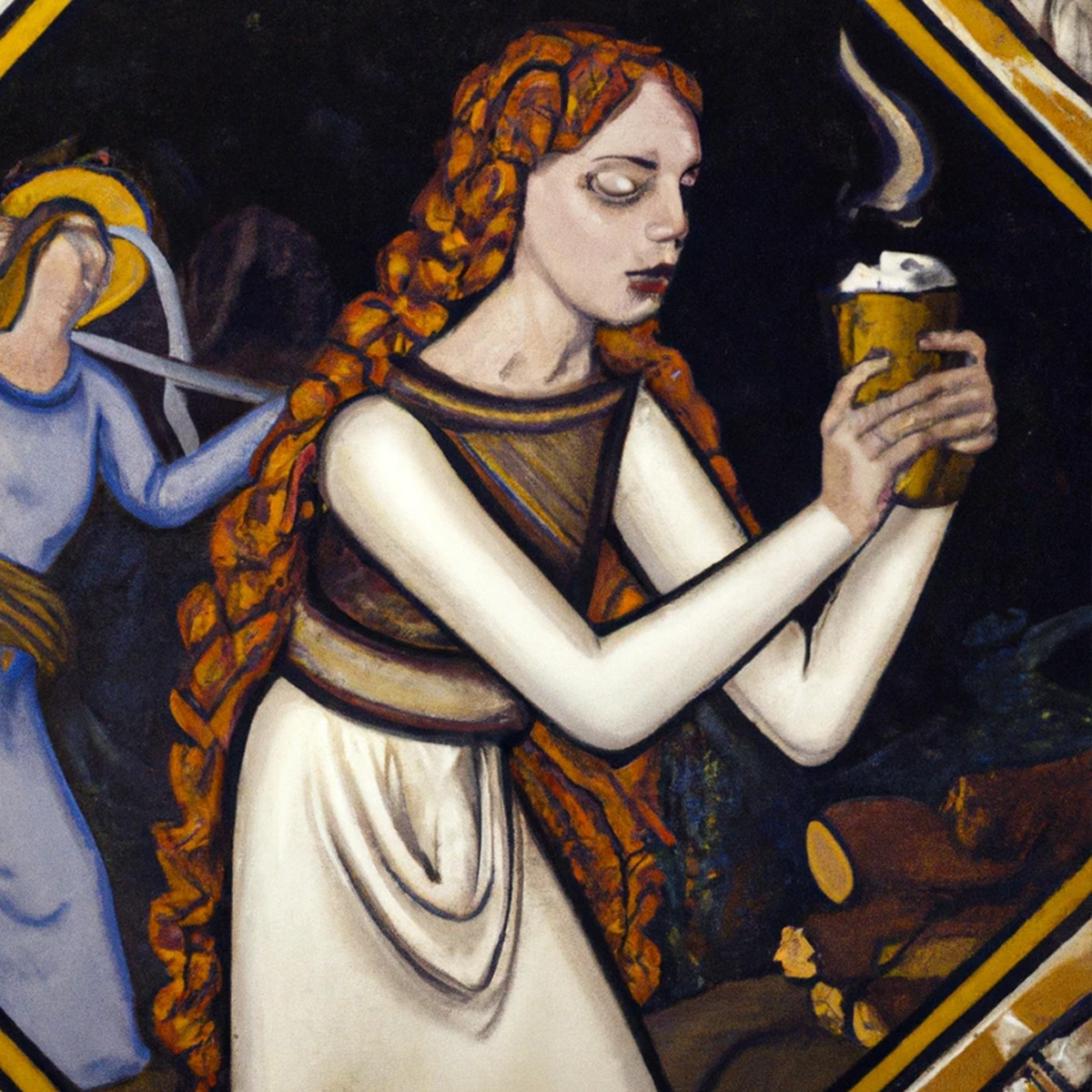Success
St. Brigid's Day, a new public holiday for Ireland.
This February, we will be celebrating its first-ever Irish public holiday named for a woman: St. Brigid's Day, or Imbolc. This day marks the beginning of the Celtic new year and is an opportunity to honour the legacy of the beloved Irish saint and goddess Brigid of Kildare.
From the ancient pagan goddess to the much-loved saint, the figure of St. Brigid has been an integral part of Irish life for over 1600 years. Often known as the ‘Mary of the Gael’, her prominence in Irish culture is akin to that of the Virgin Mary in Christianity. The daughter of a pagan chieftain, she was born in Faughart, County Louth, in the fifth century, and her subsequent life and works have been remembered and celebrated in Irish folklore ever since.
Brigid was said to be a beautiful and intelligent child and was known for her deep compassion and generosity. She was known to have a deep affinity with animals, and there are numerous tales of her miraculous works, such as turning water into beer, milk into butter and even iron into gold. She was also credited with founding one of the first monasteries in Ireland and was a great advocate for women’s rights.

The most famous of her miracles is the ‘Fire of Brigid’, which is said to have been kept continually alight in the monastery she founded. It was believed to have been a source of protection, healing and luck for those who sought its blessing. The Fire of Brigid has been kept alight annually since ancient times and is still celebrated each year on the 1st of February, which is also known as St. Brigid’s Day.
Brigid is also the ‘mother saint’ of Ireland and is one of our three patron saints alongside St. Patrick and St. Columba. She is venerated as the goddess of poets, healers and smiths. She is also said to have been a significant influence on the development of the Irish language and is credited with writing some of the earliest Irish literature. She is often depicted with a cross made of reeds, the one we all made in school, which is said to represent her faith and compassion.
As well as the Perpetual Flame of Brigid, there are numerous monuments, shrines and churches devoted to St. Brigid throughout Ireland. The most famous of these is the Hill of Kildare, which is said to have been the site of her monastery. The ruins of the monastery are still visible today and are a popular tourist attraction.
For centuries, St. Brigid has been seen as a symbol of hope and faith in Ireland. She has been venerated by people of all faiths and backgrounds, and her spirit of compassion and generosity has touched the hearts of many. Her story is an important reminder of the power of kindness and of the importance of looking after one another.
St. Brigid is an integral part of Irish history and culture, and her legacy continues to be celebrated in Ireland. Whether you are Christian, pagan or none of the above, St. Brigid will always be remembered as a powerful symbol of womanhood, hope and kindness.